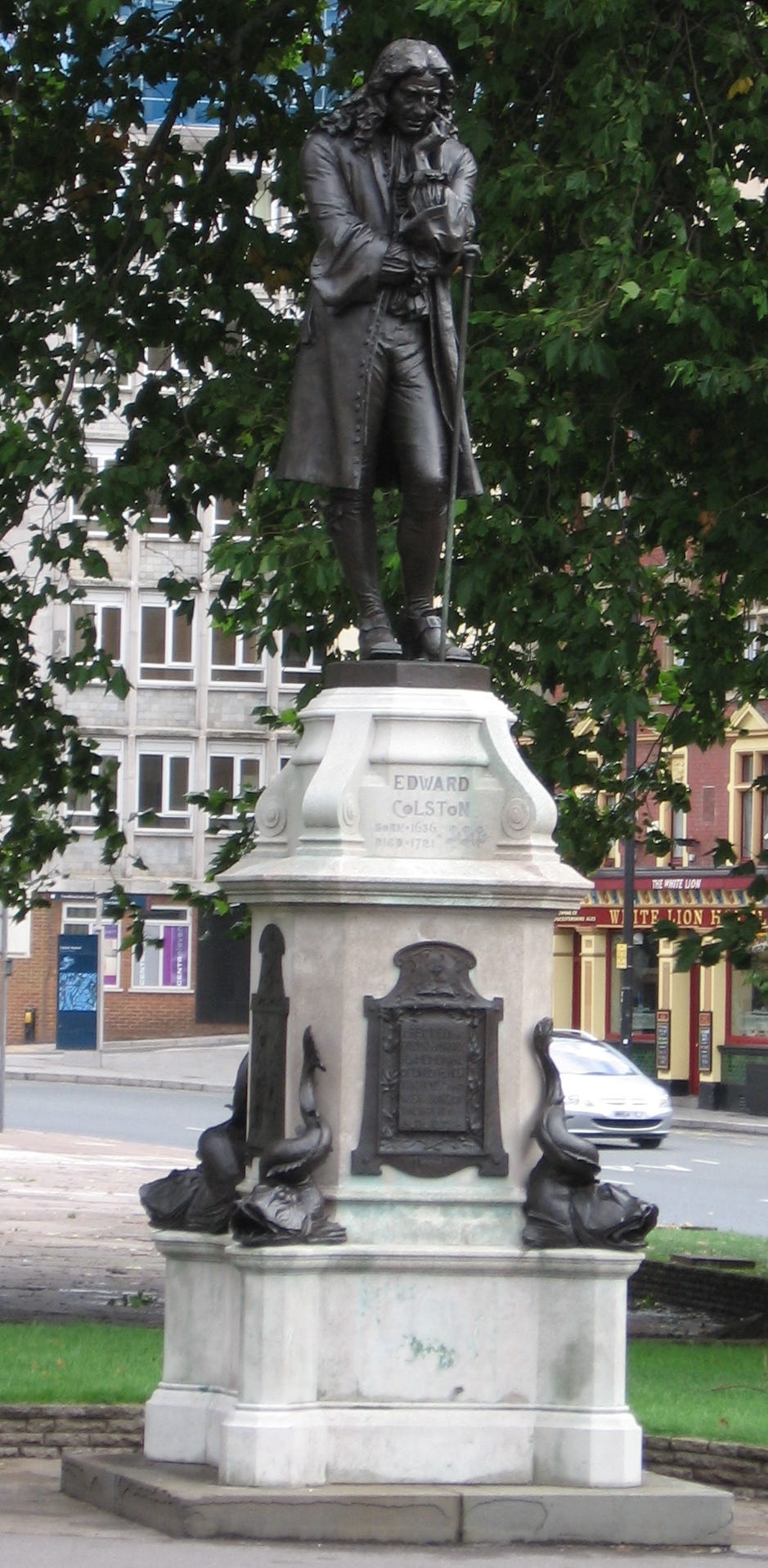Commemoration and the case of Edward Colston
In Part 3 we explained what occurs when one commits The Richard Wagner Fallacy by way of the notion of an activity and of the rules that constitute excellence in its pursuit. There we saw that evaluation of a person, or of the fruits of a person’s creative efforts, should take place only according to the standards of the activity in which his participation is being considered, or of which his efforts are examples. Thus, recalling the example of the Night Stalker, we saw that his also being an excellent baker should not incline one to recoil any less forcefully at his nocturnal misdeeds, nor be any less insistent upon his imprisonment. Why? Because in conformity with the principle of strict separation between relevant and irrelevant considerations, his being a baker has no bearing on our appraisal of his stalking. Conversely, the Night Stalker’s being a stalker cannot tell us how good his baking is, and just as Richard Wagner’s anti-Semitism cannot tell us how good his operas are, or whether they should be performed, recorded, or broadcast. Thus, to ignore the principle of strict separation is to commit The Richard Wagner Fallacy by inadmissibly mixing judgements in terms of the standards of one activity with those of another.
It is here, however, where we may need to reconsider the usefulness of the principle of strict separation, because making discreet activity-specific judgments may not always be possible. To see why consider the controversy over the statue of 17th century slave trader and philanthropist Edward Colston that took place in the English city of Bristol in the wake of the Black Lives Matter protests of 2020.
For the protestors who ultimately pulled the statue down, daubed it in paint, and tossed it into Bristol Harbour, Colston’s statue was as much a commemoration of his participation in an evil trade that inflicted misery upon millions, and whose legacy of disadvantage endures to this day, as it was of his local munificence. Indeed, they may have added, there is something special about commemoration in the form of statues and other kinds of monument that makes us reconsider what the principle of strict separation actually requires us to do. Commemoration involves evaluation of a person’s life “in the round”, rather than of their participation in a single activity, and in Colston’s case there are two activities which need to be taken into account.




